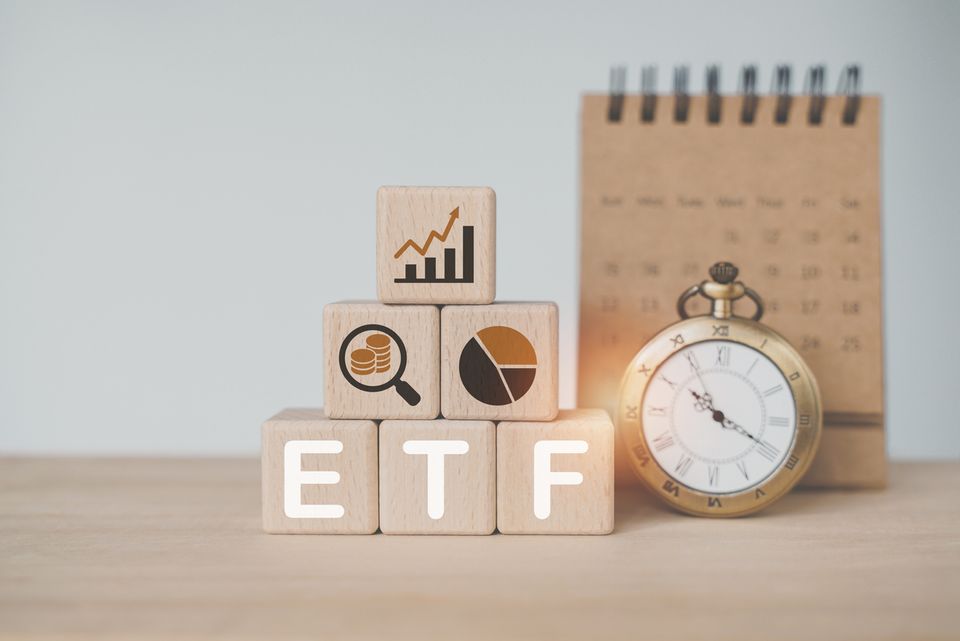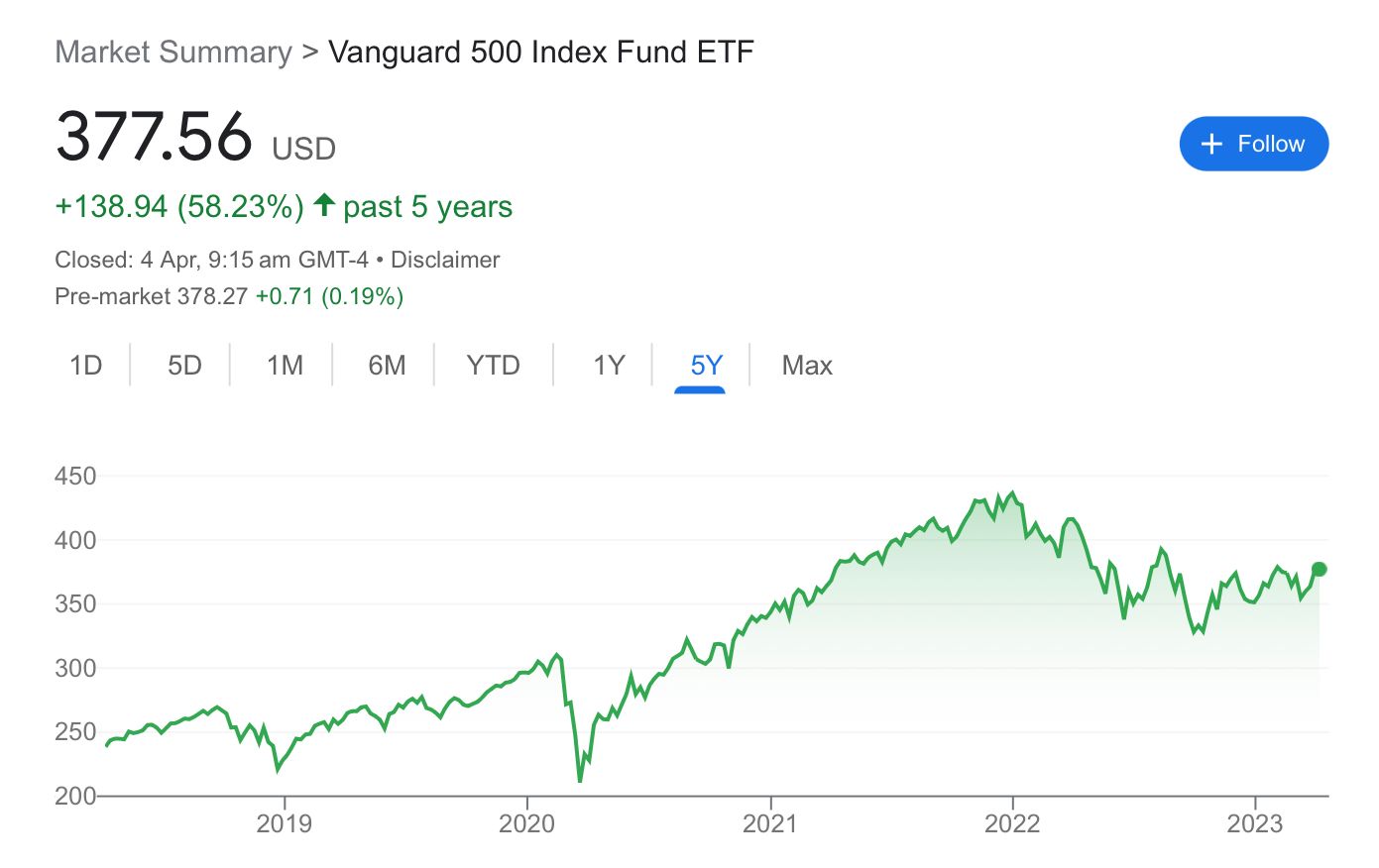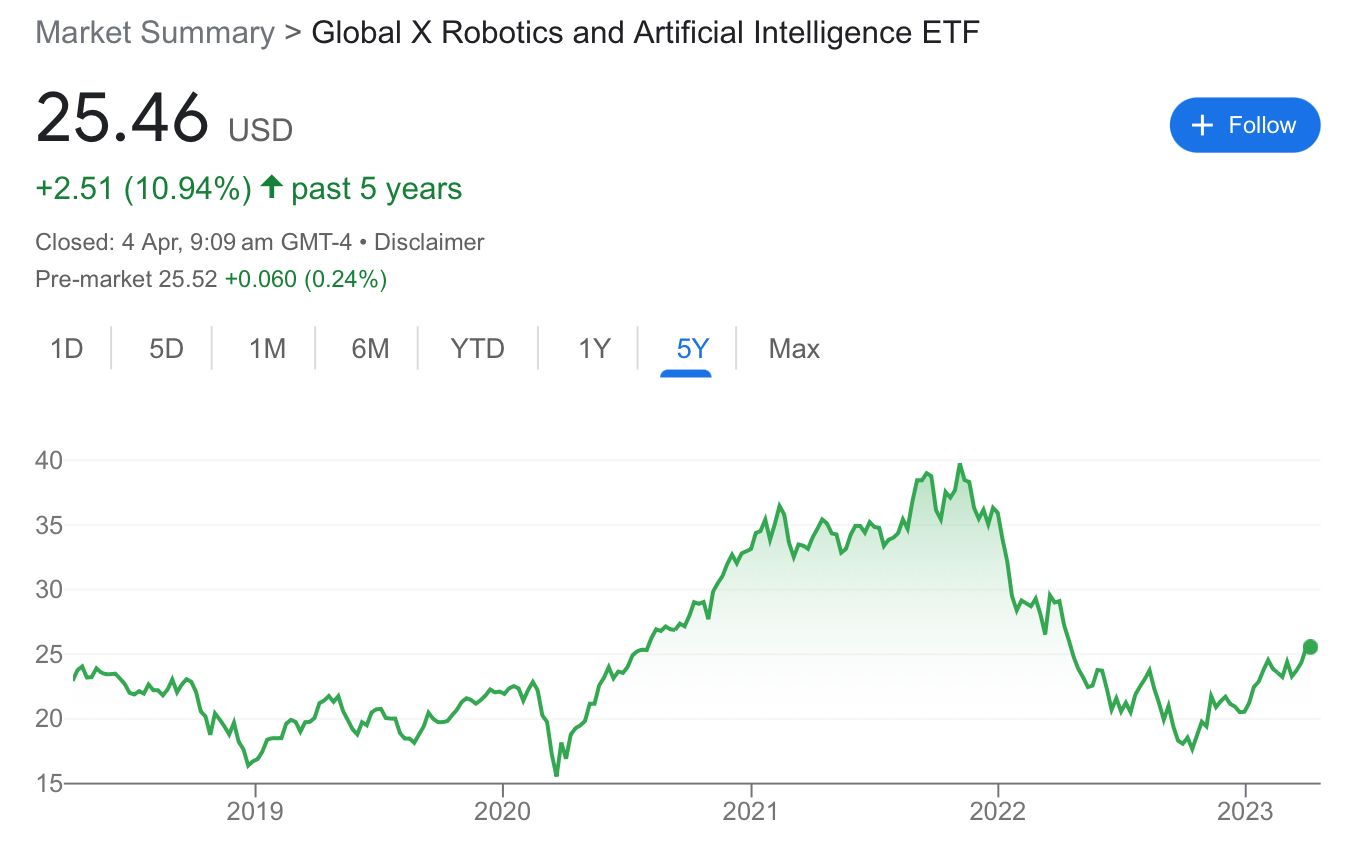3 Big Things to Know Before Buying an ETF

Exchange-traded funds (ETFs) are an absolutely brilliant way to invest for the long term. That applies to both beginners and experienced investors.
As I’ve written about previously, though, they perform better in markets such as the US or Europe. Less so in Asia.
But before you even think about investing in or buying an ETF, you need to know three big things.
1. Market or Theme
Seems to be a super obvious point I know but an ETF is no more than the sum of its parts.
Essentially, what goes into an ETF will determine how well it performs. So, it’s important to understand what you’re actually getting exposure to.
If you buy a plain old S&P 500 ETF like the Vanguard S&P 500 ETF (NYSE: VOO), you are tracking the gold-standard stock market index in the US.
Historically, that has served you well. That’s because the index has delivered an average of around 9-10% annualised returns over the past century.
Yet you also have to recognise some of the risks of it, including the fact that the ETF has close to 25% exposure to Big Tech stocks like Apple, Microsoft, Meta, Tesla, and Nvidia.
If you look at the Invesco QQQ ETF (NASDAQ: QQQ) which tracks the tech-centric NASDAQ-100 Index, 25% of the ETF is made up of just two stocks – Apple and Microsoft.
That’s a whole lot of concentration. So, being comfortable with how much concentration there is in an ETF can help you decide which one is right for you.
Typically, something which is extremely well-diversified across many companies will see the top 10 holdings make up no more than 20-25% of the ETF.
2. Cost
When you buy something at a store or go out for a meal, you tend to look at the price you’re paying, right?
The same should apply when you invest via ETFs. That’s because how much they charge you can vary wildly.
The cheapest ETFs are virtually free, charging you just 0.03% per year. So, for every $1,000 you have invested, the ETF provider will charge you $0.30 annually.
However, some ETFs (such as ones focused on thematics, like AI or Disruptive Innovation) can charge up to 0.80% per year (or $8 per $1,000 invested).
That’s over 25 times the lowest-priced ETFs. Is it worth it? You need to take a long, hard look at long-term performance to see whether that cost is justified.
3. Size
Finally, you have the size of the ETF or, to be more technical (yawn), the assets under management (AUM).
This refers to how big the ETF is in terms of its size. think of it as similar to the market capitalisation of a company.
That’s effectively how many shares are in circulation multiplied by the share price. The size also gives you a good idea of how popular or recognised it is.
In contrast to individual stocks, where small-cap stocks are known to outperform over the long term, ETFs that are big have an advantage.
That advantage is essentially scale. That’s because of how the ETF business model works.
Taking a small percentage - in the form of an annual management fee - from the ETF’s AUM gives fund providers their lunch money.
So, if you’re, say a Vanguard, which only charges 0.03% on the Vanguard S&P 500 ETF (NYSE: VOO) - which has an AUM of US$280 billion - then you’re raking in US$84 million every year just in fees.
Now contrast that to a smaller ETF (in terms of AUM). The Global X Robotics & Artificial Intelligence ETF (NYSE: BOTZ) has an AUM of US$1.53 billion but charges a heftier annual management fee of 0.69%.
Even with that, Global X still only takes in just over US$10.5 million in fees despite its much higher expense ratio.
Surely, for that higher expense ratio, the Global X ETF should outperform over the long term? But that’s not the case, as you can see from the two charts looking at returns over the past five years.


That shows you the advantage of scale and how that can actually end up making it cheaper for you as an investor in the long term.
In addition, having a much larger ETF means there’s little to no danger of it ever closing down.
At the beginning of 2023, it was reported that one ETF closed for every three to four that launched.
It shows you how, if an ETF’s performance is poor and its AUM is too tiny (think below US$30 million) then it could eventually be shut down due to it being uneconomical to continue running for the provider.
Understand what you’re buying and have a plan
In the end, it’s crucial that you understand what’s in the ETF you’re buying. Go take a look at the provider’s particular ETF webpage and see the top holdings for that ETF. It’s all out there.
That’s the great thing about ETFs; it’s a fully transparent investment vehicle where investors can get answers about what they’re investing in immediately.
As an investor today, we’re actually spoiled in terms of how much information we have at our fingertips.
By using it and focusing on the market/theme, cost, and size when picking which ETFs to buy, we can better adjust our investment strategies to suit our goals.
